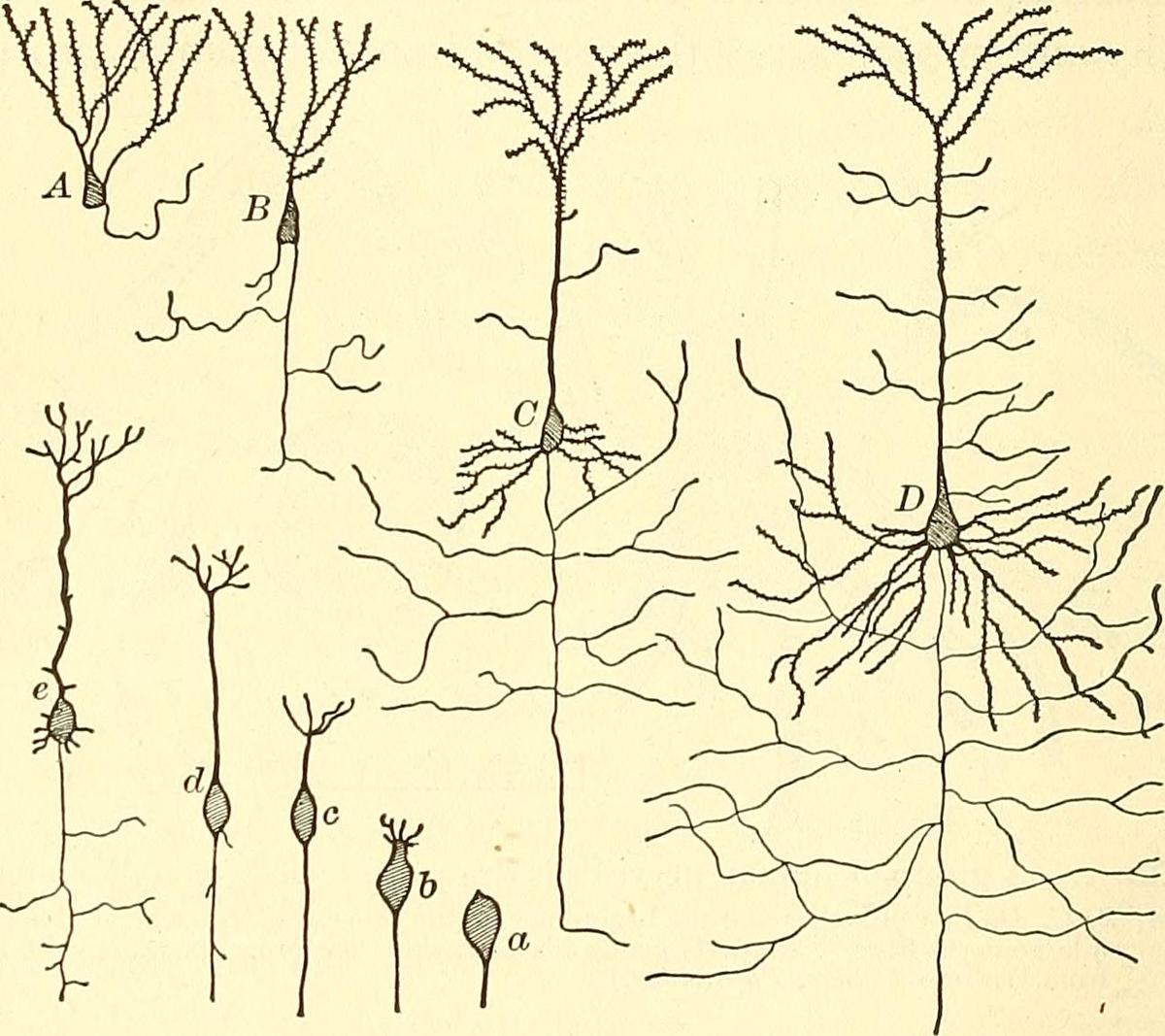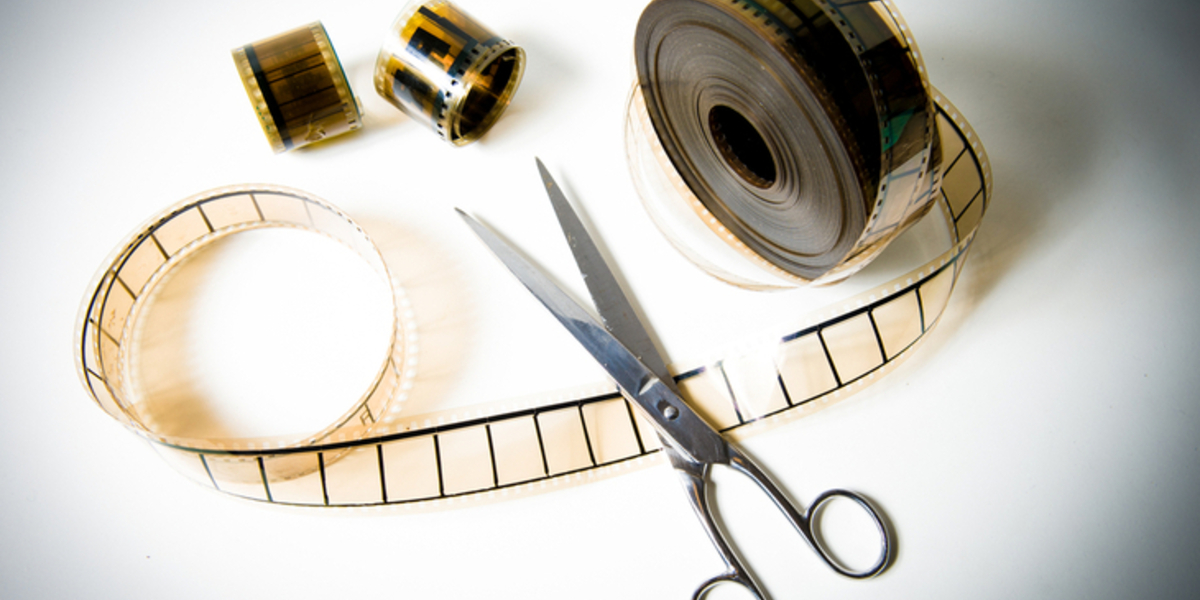Fountain of youth: HTT protein repairs neurons by maintaining youthful state
Another clue about the normal function of the huntingtin protein; a team of scientists has recently found that huntingtin seems to play an important role in repairing damaged nerve cells

 By Dr Rachel Harding and Dr Sarah Hernandez May 13, 2020 Edited by Dr Leora Fox
By Dr Rachel Harding and Dr Sarah Hernandez May 13, 2020 Edited by Dr Leora Fox
A team of scientists has recently published their findings on how our bodies are able to repair brain and spinal cord injuries. They found that the huntingtin protein plays an important role in repairing damaged nerve cells.
Repairing nervous system damage – the holy grail of medical science
It has long been the ambition of many scientists to find ways to help repair damage to the brain and spinal cord. By studying how the nervous system is able to heal, scientists hope to get clues about exactly how to reverse damage, which in turn may help develop medicines or therapies to treat those with nervous system injuries.

One of the ways we can repair damage to the nervous system is by using a type of stem cell that can readily become a brain cell. These neural stem cells develop into neural progenitor cells, or NPCs. Like other types of stem cells, these are cells which have not fully developed yet; they are growing into different types of nervous system cells but are not all the way there yet. Scientists are able to graft NPCs onto the areas of the nervous system which are damaged, in a similar way to how we transplant tissues and organs. Once grafted on, the NPCs help the other cells grow and reconnect with each other, restoring function to the damaged area of the nervous system.
Modern tools helping to answer age-old questions
Professor Mark Tuszynski and colleagues are interested in researching exactly how NPC grafts can help repair brain and spinal cord damage. In their study published recently in Nature, they investigated nervous system repair using modern neuroscience and genetic tools to look at the details of the process.
To investigate how NPCs help to repair spinal cord damage, the team studied mice with spinal injuries, and treated some of them by grafting NPCs. Then they compared the treated and untreated mice by monitoring which genes were switched on and off as they healed. Rather unexpectedly, the scientists found that the damaged cells reverted back to an embryonic state. This means that the cells had similar genes switched on and off to the nervous system cells you would find in early stages of neural development in embryos. Furthermore, when comparing recovery from spinal cord damage with and without the NPC grafts, this embryonic state is maintained for a longer period of time with the grafts.
Scientists in the team hypothesise that reverting to an immature or embryonic state helped the injured cells to regrow and promoted repair of damage. This is a neat finding which differs strongly from dogma 20 years ago that the brain was a static organ incapable of repair.
Who’s in the driving seat?
To work out what was driving the damaged cells to revert to the embryonic state, Tuszynski and colleagues looked at which genes had turned on and off during healing from the injury. Interestingly, they found that huntingtin could be playing this role.

As all you readers probably know, huntingtin is the protein which is encoded by the huntingtin gene, mutated in patients with Huntington’s disease. We still don’t have a complete picture about what this protein is doing in the cells of our bodies under normal circumstances in its non-mutated form and many scientists are working hard to figure this out.
The work by Tuszynski and colleagues suggests that huntingtin is the central player in nerve cell regeneration in their models. They found that huntingtin helped to keep damaged nerve cells in the embryonic state, promoting nerve cell regeneration. In fact, when the scientists looked at nerve damage in mouse models which had huntingtin deleted from the spine, recovery from spinal cord injury was reduced by 60% - a huge effect! This suggests that huntingtin is very important for the repair of neurons after injury.
But what does this mean for HD research?
The findings of Tuszynski and colleagues are a great step forward in terms of our understanding of the normal huntingtin protein and what its function might be in brain development. It’s tempting to speculate that the HD mutation might hinder the way our nervous systems can repair themselves and many other scientists are now certainly trying to work out if that is the case. This could underlie how neurodegeneration happens in HD patients but further research is needed to confirm this hypothesis.
For all avid HDBuzz readers, it’s important to note that the huntingtin deletion the scientists used in their mouse model is very different to the huntingtin lowering trials currently underway by Wave, Roche, and uniQure. In these experiments, the researchers deleted 100% of huntingtin in the brain and spinal areas they were studying, to better understand huntingtin’s role there. The clinical trial approaches are designed to lower huntingtin levels in the parts of the brain affected most by HD. They don’t get rid of 100% of the protein, so we would not expect the trials to affect repair of nerve damage in the same way.
This exciting new study is sure to spark a new wave of experiments in HD labs around the world; we eagerly await their findings!


